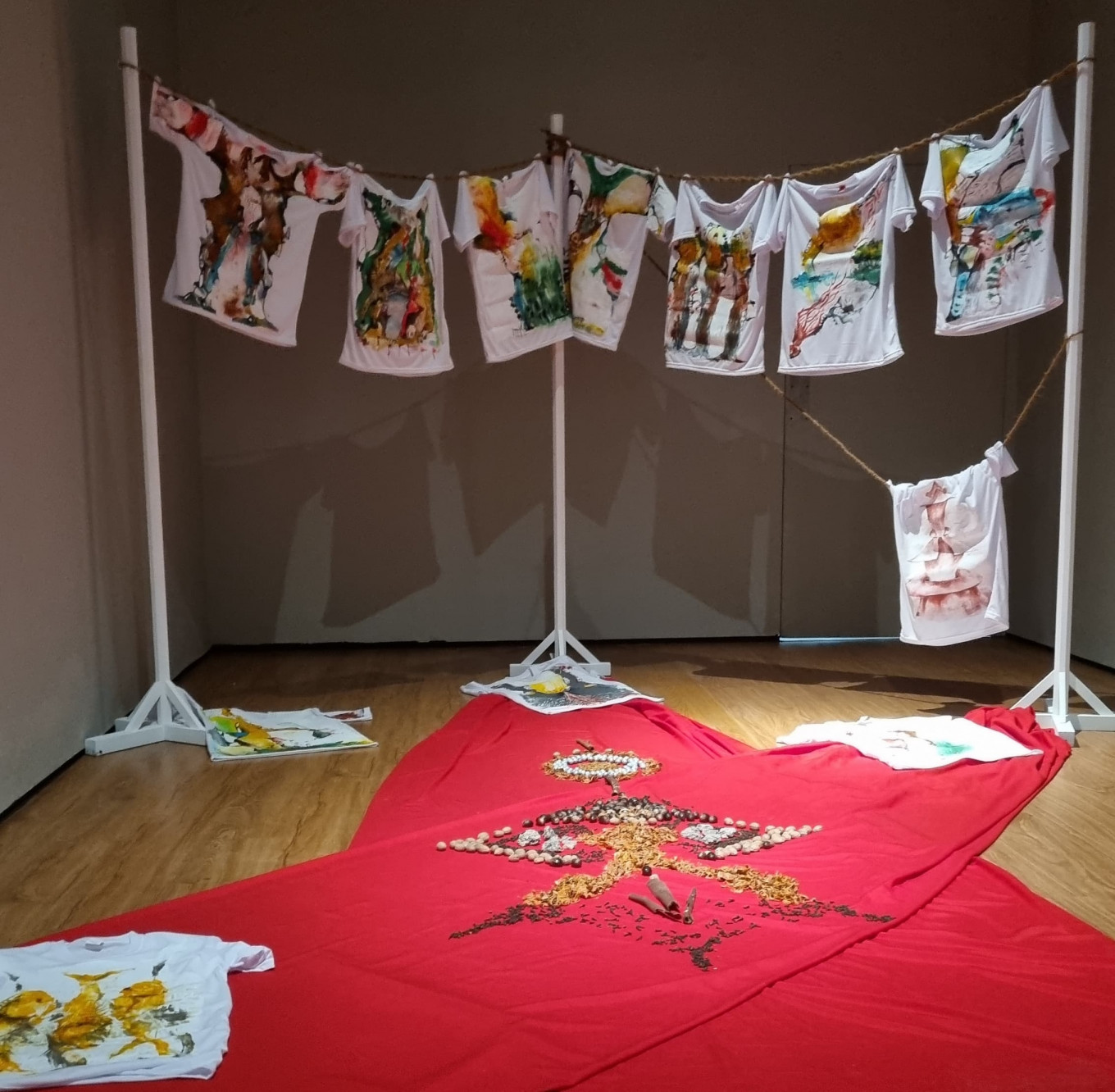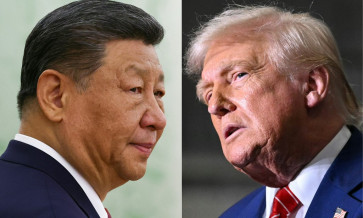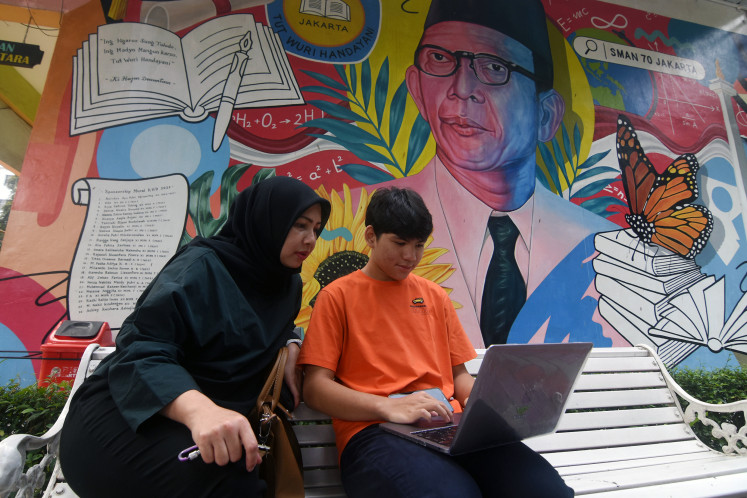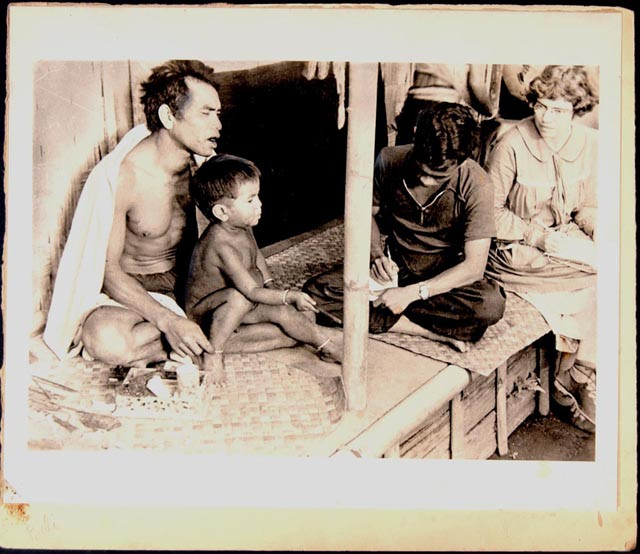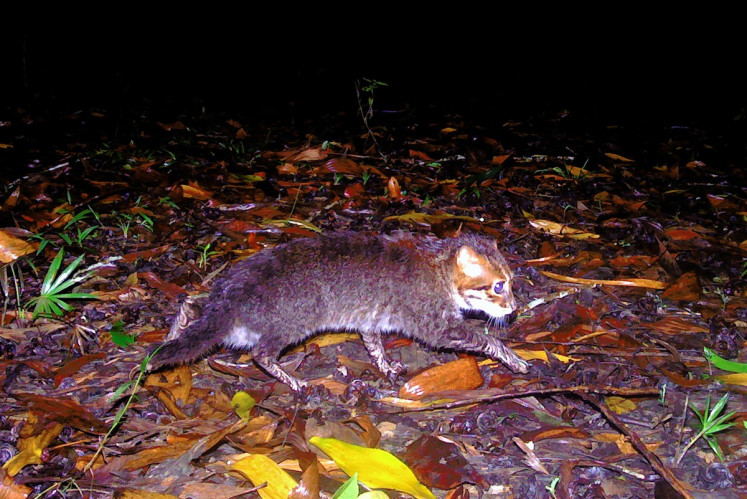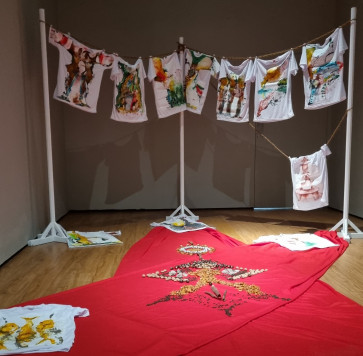Popular Reads
Top Results
Can't find what you're looking for?
View all search resultsPopular Reads
Top Results
Can't find what you're looking for?
View all search resultsNYALA: Java war and the impact on contemporary artists
Two centuries on, Prince Diponegoro’s legacy lives on in a Galeri Nasional show linking past resistance to present-day struggles.
Change text size
Gift Premium Articles
to Anyone
T
he Java war of 1825-1830 was a significant armed conflict in central and eastern Java, fought between native Javanese forces led by Prince Diponegoro and the Dutch colonial East Indies administration. Though this struggle dates back two centuries, its influence on the arts remains vivid. Today’s artists engage with the war’s spirit through contemporary lenses, reflecting present-day concerns.
This dynamic is at the heart of NYALA: 200 Tahun Perang Diponegoro (NYALA: 200 years of Diponegoro war), an exhibition running from July 22 to Sept. 15 at Galeri Nasional Indonesia (National Gallery of Indonesia) in Central Jakarta. Featuring 33 works by 26 artists and collectives, NYALA showcases how the war’s spirit has fueled creative expression both historically and in modern times.
While the exhibition centers on the Java war, the artistic interpretations vary greatly depending on the era. Historical artists often portray Diponegoro and the conflict in a realistic, heroic manner, while contemporary creators use diverse media and concepts to explore the deeper meanings of resistance and resilience.
For example, Basoeki Abdullah’s work presents Diponegoro as a heroic figure in a realistic style, and Raden Saleh Boestaman’s famous painting depicts the Arrest of Prince Diponegoro with a perspective contrasting sharply to the Dutch painter Nicolaas Pieneman’s version of the same event.
In contrast, contemporary artists dive beyond realism.
Irene Agrivina, an innovative figure working at the intersection of art, science and technology, conducted unique research into the diet of Prince Diponegoro and his troops as part of her exploration of war and resilience.
Tech-savvy and conceptually driven, Irene discovered that the troops relied on local food known as nok santri, a traditional meal distribution practice incorporating ingredients like tempeh, eggs, dried fish or chicken scraps, sautéed young papaya leaves and rice. Their snacks included cassava mixed with palm sugar and grated coconut. Often preserved through fermentation, these foods became, unknowingly, battlegrounds for microbes, organisms fighting for survival beneath the surface.

